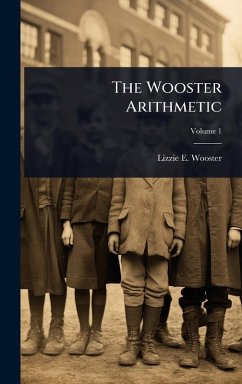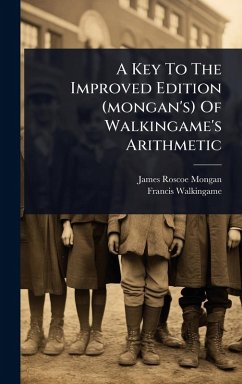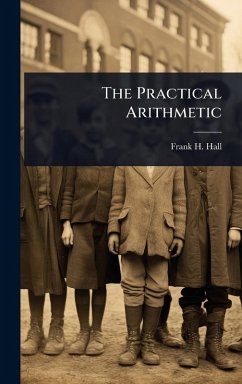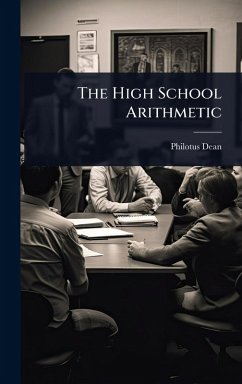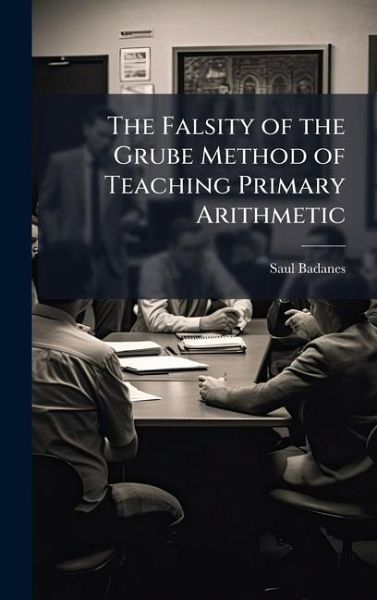
The Falsity of the Grube Method of Teaching Primary Arithmetic
Versandkostenfrei!
Versandfertig in über 4 Wochen
28,99 €
inkl. MwSt.
Weitere Ausgaben:

PAYBACK Punkte
14 °P sammeln!
"The Falsity of the Grube Method of Teaching Primary Arithmetic" by Saul Badanes offers a critical examination of a popular pedagogical approach in late 19th-century mathematics education. The Grube method, which emphasized a gradual and systematic introduction of numbers, is scrutinized for its theoretical underpinnings and practical effectiveness. Badanes's work provides valuable insights into the debates surrounding educational methodologies of the time, offering a historical perspective on the challenges and innovations in teaching arithmetic to young learners. This treatise is not only a ...
"The Falsity of the Grube Method of Teaching Primary Arithmetic" by Saul Badanes offers a critical examination of a popular pedagogical approach in late 19th-century mathematics education. The Grube method, which emphasized a gradual and systematic introduction of numbers, is scrutinized for its theoretical underpinnings and practical effectiveness. Badanes's work provides valuable insights into the debates surrounding educational methodologies of the time, offering a historical perspective on the challenges and innovations in teaching arithmetic to young learners. This treatise is not only a critique of a specific method but also a reflection on the broader principles of effective pedagogy and the importance of adapting teaching strategies to meet the needs of students. It remains relevant to educators and historians interested in the evolution of mathematical instruction. This work has been selected by scholars as being culturally important, and is part of the knowledge base of civilization as we know it. This work was reproduced from the original artifact, and remains as true to the original work as possible. Therefore, you will see the original copyright references, library stamps (as most of these works have been housed in our most important libraries around the world), and other notations in the work. This work is in the public domain in the United States of America, and possibly other nations. Within the United States, you may freely copy and distribute this work, as no entity (individual or corporate) has a copyright on the body of the work. As a reproduction of a historical artifact, this work may contain missing or blurred pages, poor pictures, errant marks, etc. Scholars believe, and we concur, that this work is important enough to be preserved, reproduced, and made generally available to the public. We appreciate your support of the preservation process, and thank you for being an important part of keeping this knowledge alive and relevant.



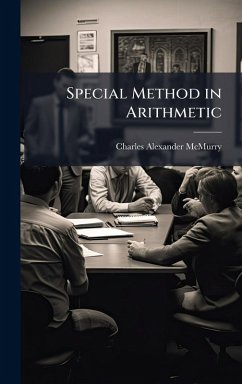

![The Modern School Arithmetics. Exercises In Arithmetic For Standard I (-vii). [with] Answers. Standards I.-vii Cover The Modern School Arithmetics. Exercises In Arithmetic For Standard I (-vii). [with] Answers. Standards I.-vii](https://bilder.buecher.de/produkte/74/74719/74719137n.jpg)


